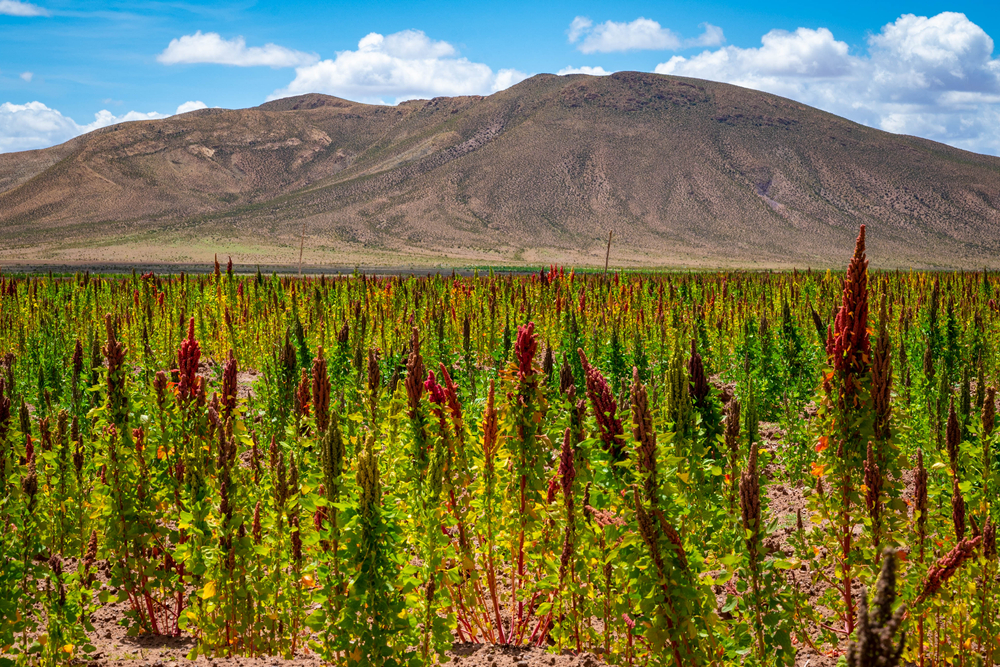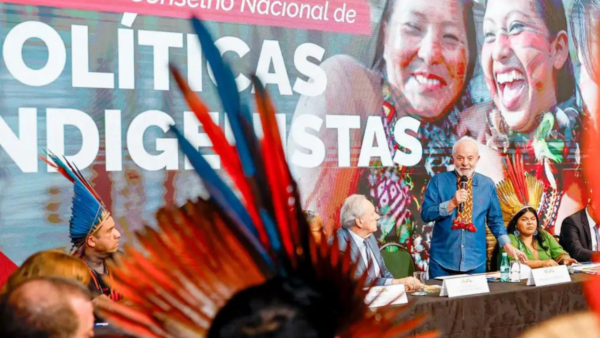The Inca people first appeared in the 12th century, in what is now southeastern Peru. In a short space of time, they developed a well-organized civilization which stood for some 300 years. Long before they were invaded and conquered by the Spanish in the 1500s, the Incan Empire was well versed in agriculture, building an economic system highly dependent on the cultivation of Andean grains. One of their most prized crops was quinoa, still known today as “the sacred cereal of the Incas,” or “Incan gold.”
The nutritious commodity has seen a massive resurgence in the 21st century, due to its superior health properties. But it is a socioeconomic legacy of Peru, led by its ancient Amerindian peoples. In 2020, Peru was the world’s top producer of quinoa, according to the Peruvian Agricultural Development and Irrigation Ministry (Midagri).
Tipping its Andean neighbors Bolivia to the quinoa top spot last year, almost 70,000 small producers — mainly in the highlands of the Andes — have turned to farming the grain as a means of economic gain. Between January and September 2020, quinoa exports added up to over USD 100 million.
Along with Bolivia, Peru produces over 90 percent of the world’s quinoa, and Peru...


 Search
Search






































